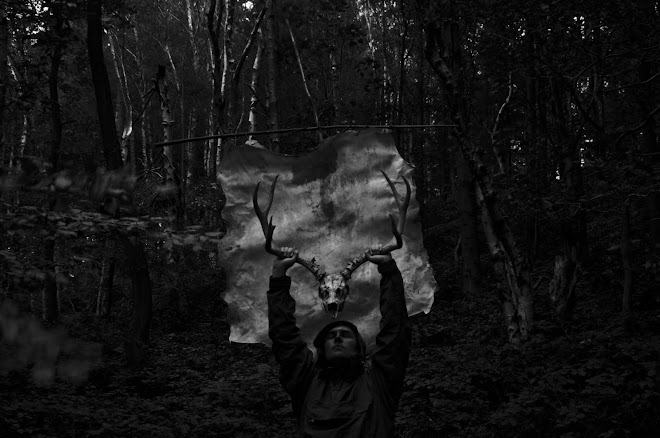skip to main |
skip to sidebar
The High Places VI: Osmonds Gill and BAR 33a





It seems to me that the location of rock art panels is as important as the designs on the panels themselves. Barningham Moor illustrates this point, the high ridgeline dominating the landscape, sightlines to other High Places and strategic views over the intervening lowlands. There is also the question of water; rock art in the northern dales is found between 230 - 300 meters, which is typically the elevation at which sandstone outcrops and springs bubble to the surface. To the east of Eel Hill is Osmonds Gill (listed on the faulty OS map as Osmarill Gill), which seems to have been a special site among these High Places. I first visited Osmonds Gill on a warm summer’s day, approaching from the south and the small stone circle at the head of the gill I was ushered into a secluded amphitheatre of sun-warmed grey rocks and deep verdant bracken. I sat in the warmth of the sun and watched as a Grey Wagtail picked fly after fly from the grass, returning to its hidden nest beneath the stones on the upper slopes.
Moving down into the bottom of the gill via the narrow green lane of Cross Gill one is sheltered from the wind and the soft trickling sound of spring water can be heard from beneath the ground. Numerous springs find their birth in Osmonds Gill, they bubble and chuckle up from the rocks below, running in small rills, forming larger streams that join and issue out of the mouth of gill and across the moor beyond. This is where rivers are born, where herdsmen can water their stock and rest. A place of origins and nativities.
On a large grey slab at the base of the south eastern slope of Osmonds Gill is BAR 33a, one of the most subtly beautiful panels on the moor. On the corner on the slab, placed like a piece of asymmetrical abstract art, is a spectacular cup with a triple ring motif. This panel has weathered perhaps three and half thousand years of Pennine seasons, expanding subtly as it warms in the summer heat and contacting beneath the frost hammers of winter. It lies in the open, as sure a marker of this place as any beacon could be.
Cup and ring motifs are found all across Atlantic Europe and as far away as India and the Americas. They seem to be a universal human response to the land and the stones and are often linked by inscribed lines, or gutters that flow outwards from the central cup like an ever-flowing stream. Sitting in the quietness of the gill, feeling the cold of the newly revealed earth and watching as the sun reflected on the snow patches still present on the north facing slops it struck me that the cup and ring motif resembles the form water takes when disturbed. A central depression that exists only in the moment when the pebble enters, followed by a series of concentric circles spreading outward across the surface, energy waves rippling through the rock in mimicry of the vital, magickal movement of liquid







No comments:
Post a Comment